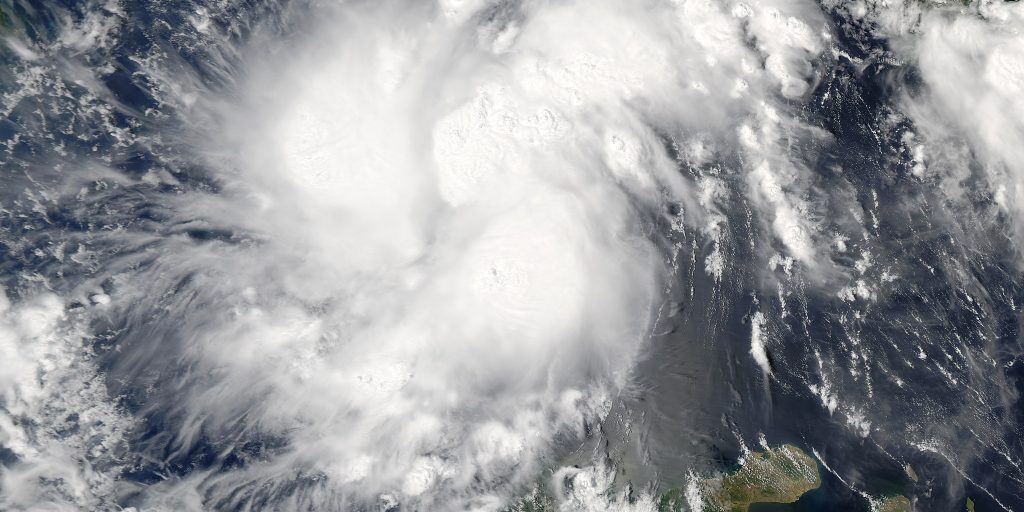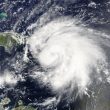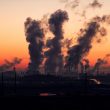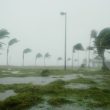With post-storm cleanup ongoing in Puerto Rico, Florida braces for Hurricane Ian
A little more than a week after Hurricane Fiona made landfall in Puerto Rico as a major hurricane, knocking offline much of the island’s grid, utility officials say they’ve restored power to nearly 60 percent of those who’d lost it.
“We want to be very clear that LUMA is ready to restore power to more customers as soon as additional generation becomes available,” said Daniel Hernandez, an engineer at LUMA Energy, Puerto Rico’s primary power utility about ongoing efforts to restore power. “Since the impact of the storm, we are continuing to coordinate our efforts to restore power and reenergize the electric system as quickly and safely as possible with PREPA and our generation partners.”
The utility expects to have restored power for an “overwhelming majority” of customers by Friday. Last week, PowerOutage.us documented that, at one point, at least 1,168,000 people were without power. In the coming days, LUMA projected in a statement that their crews could restore service to between 64-77 percent of customers by Wednesday, and up to 91 percent of customers by Friday—or 1.35 million people.
Meanwhile, Florida is bracing for Hurricane Ian, which is on track to make landfall as early as Wednesday as a Category 4 storm. After passing over Cuba, the storm is expected to “rapidly intensify,” with wind speeds reaching 140 mph as it moves toward the coast, according to the National Hurricane Center. The storm is expected to broaden significantly and slow down as it moves ashore.
“Widespread considerable flash and urban flooding and prolonged significant river flooding impacts are likely mid-to-late week in central Florida given already saturated conditions. Flash and urban flooding impacts are also possible with rainfall across the Florida Keys and the Florida peninsula through mid-week,” an advisory from the center warns. “Limited flooding impacts and rises on area streams and rivers are also possible over northern Florida and portions of the Southeast mid-to-late week.”
Cathie Perkins, director of the Pinellas County Emergency Management, warned of this during a press conference Monday, highlighting that the ground in her region is “already saturated; this is going to cause significant flooding,” she said. “There is a slight risk of isolated tornadoes, especially in those outer bands. Our entire county is going to feel some type of impact.”
Ahead of the storm’s arrival, Florida Gov. Ron DeSantis and President Joe Biden, along with local leaders, declared states of emergency for all of Florida’s 67 counties and the state, mustering state and federal resources to assist if and when they’re needed. Biden’s declaration authorized the Department of Homeland Security and the Federal Emergency Management Agency to begin disaster relief efforts. At the local level, schools and colleges are being closed, and mandatory evacuation orders have been given to those living in low-lying areas, and in mobile and manufactured homes throughout the Tampa Bay region, especially, beginning Monday evening. Sandbag distribution centers have also been opened, and emergency shelters are being prepared.
Tampa Bay, which hasn’t been directly impacted by a hurricane in 100 years, is squarely in the storm’s path.
“This could be the storm we have all feared,” said Florida Attorney General Ashley Moody during the briefing. “We advise everyone in the Tampa Bay area to take this seriously. As someone who has already had discussions with my family and friends, these evacuations are very serious. You need to take action now.”
Ken Welch, mayor of St. Petersburg, Fla., offered a similar sentiment: “As you see, your state government, your local government, your county, your city, we are all working together … we need the public to do the same as well,” he said. “Our first responders will not be able to rescue you after winds reach a certain level, and you will have to fend for yourself.”




















